What are the parts of a compound action swaging tool? |
||||
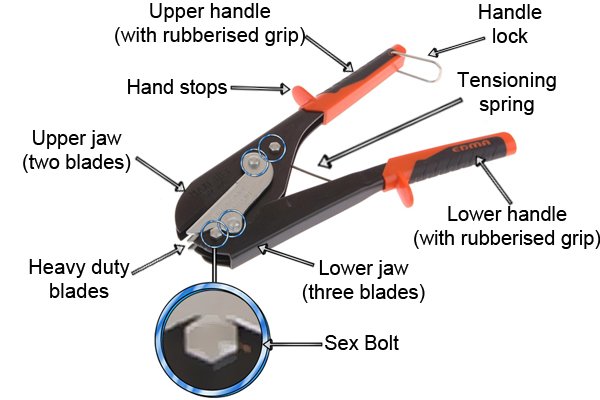 |
||||
Compound action swaging tool jaws |
||||
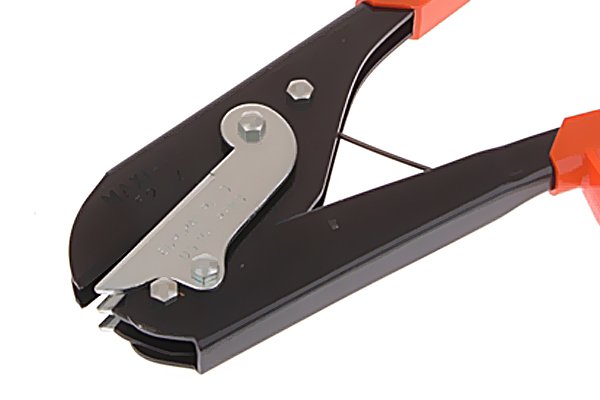 |
The jaws are the parts of a manual swaging tool that compress the pipe wall into the desired shape, thus decreasing the diameter (see: How do standard and ergonomic swaging tools work?).
A compound swaging tool’s jaws always incorporate five blades. |
|||
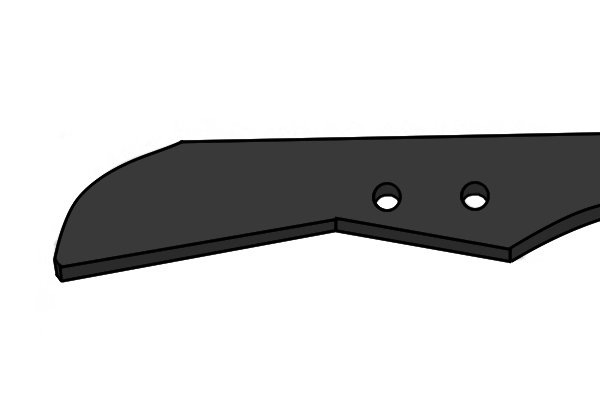 |
Upper jawThe upper jaw on a manual swaging tool is pushed downward, and exerts the force required to create the recesses in the swage form during use. The upper jaw incorporates two blades. |
|||
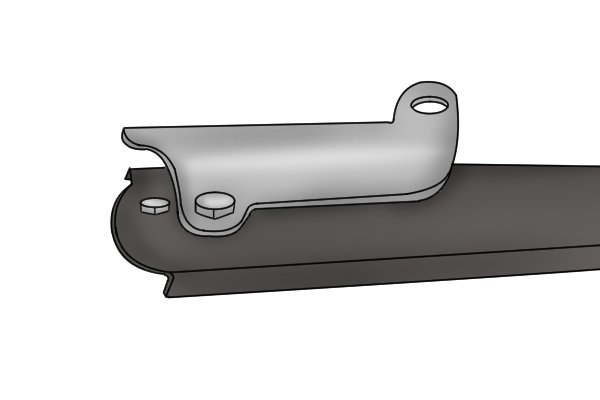 |
Lower jawThe lower jaw on a manual swaging tool remains static, and provides resistance against the downward force of the upper jaw, thus creating the ridges in the swage form. The lower jaw incorporates three blades. |
|||
Heavy duty blades on a compound action swaging tool |
||||
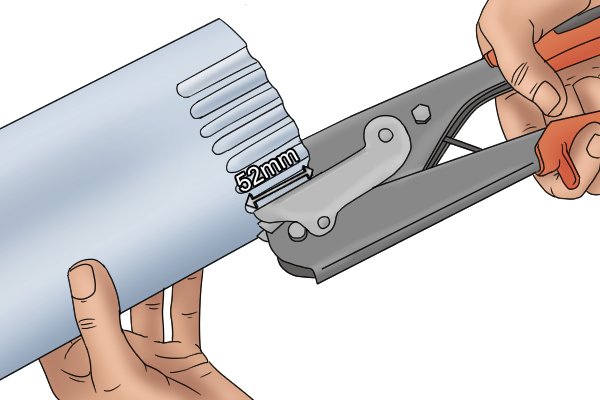 |
The blades on a compound action swaging tool are capable of swaging lengths up to 52mm (2in). | |||
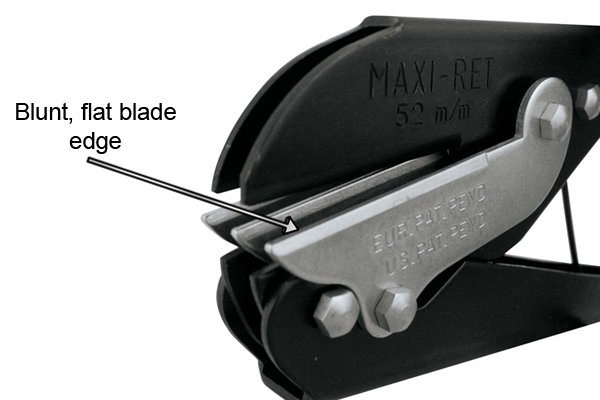 |
Though they are capable of applying considerable force to a section of pipe wall, these blades are not intended to cut, but simply to deform. For this reason, they incorporate a flattened, blunt blade edge, rather than a fine one. | |||
Compound action swaging tool handles |
||||
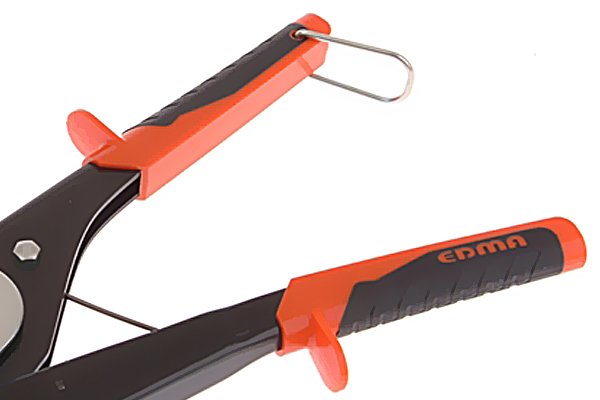 |
The handles are the part of the manual swaging tool which are used to operate the whole: By opening and closing the handles, the user can open and close the jaws. | |||
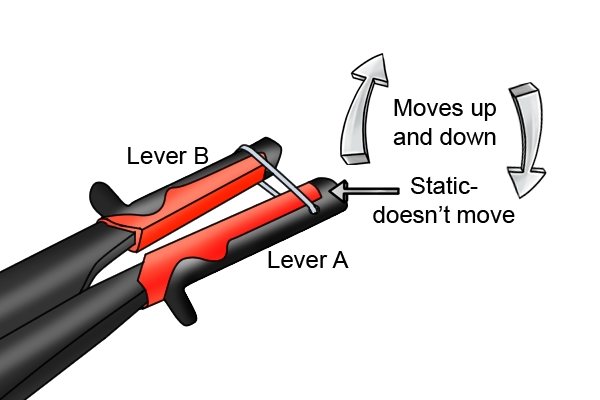 |
On a compound action swaging tool, only the upper handle is opened and closed, while the bottom handle remains static (doesn’t move). This is because the lower jaw exerts force through resistance to the upper jaw’s downward force, amplifying the overall force exerted on the pipe edge – the result of this is a more powerful ‘bite’ than is possible with two jaws which exert force independently. | |||
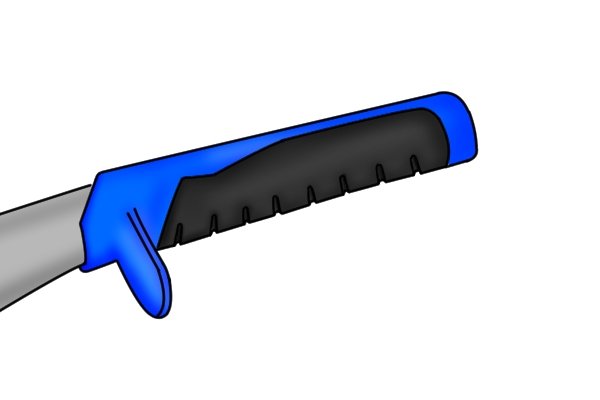 |
Rubberised gripEach of the handles on a manual swaging tool incorporates a moulded grip. This is manufactured from plastic or rubber, and moulded to provide ergonomic grip and comfort during use. |
|||
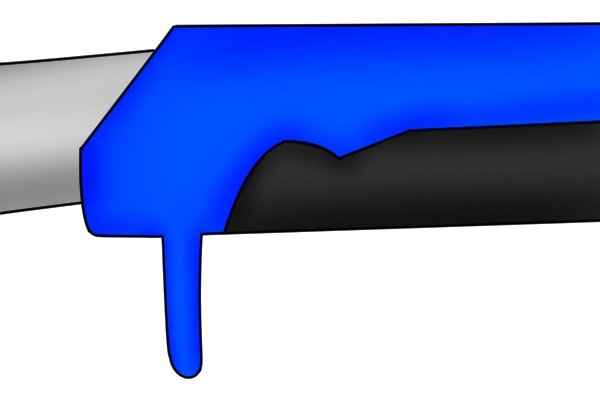 |
Hand stopsBoth moulded handle grips incorporate a hand stop. This feature ensures that the user’s hand does not slip off the handle in the direction of the blades. As the blades on a manual swaging tool are not dangerous, this is likely to prevent slippage, rather than protect the hand itself. |
|||
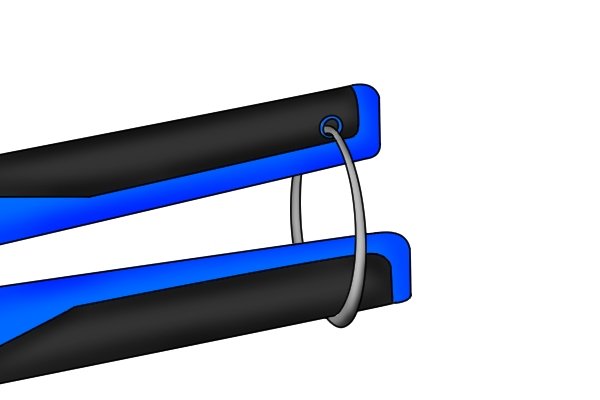 |
Handle lockThis metal ring is attached to the upper handle, and can be hooked around the end of the lower handle when the tool is not in use. This prevents the tool’s handles – and therefore jaws – from springing open when not in use. |
|||
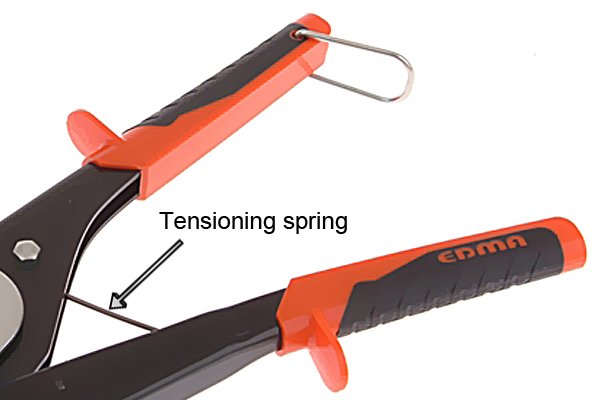 |
Tensioning springThe tensioning spring is a tightly wound spring which is connected to both the upper and lower handle, and causes the handles to spring open each time pressure is released. The incorporation of a tensioning spring ensures that the user does not have to manually open the handles; meaning that the tool can be used with one hand, rather than two. |
|||
Sex bolts on a compound action swaging tool |
||||
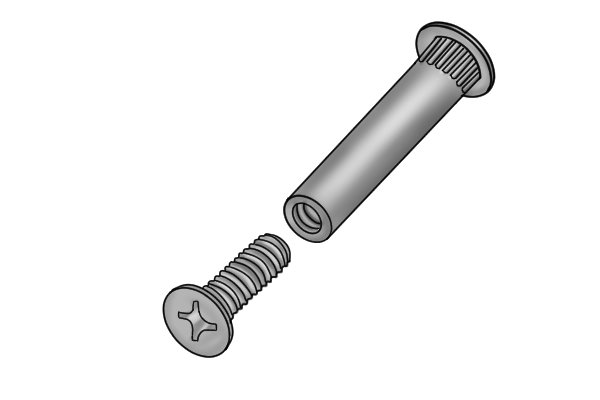 |
The parts of a compound action swaging tool are always fixed together using sex bolts.
For more information on sex bolts, see ‘What is a sex bolt?’ in What are the parts of a manual swaging tool? |
|||






